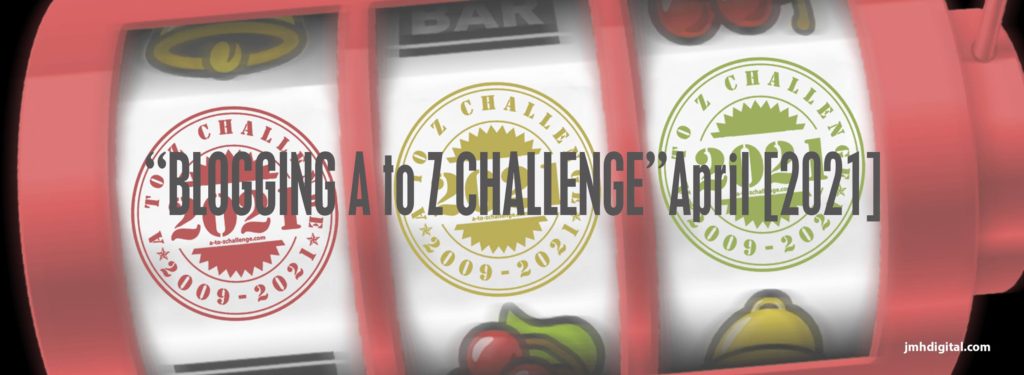
Dystopias often have different approaches to maintaining law and order, especially in worlds marked by chaos or when order is enforced through authoritarian structures. An example of a dystopia in which maintaining law and orders centers the story is Judge Dredd.
In a dystopian future earth. International wars have left earth a radioactive wasteland where robots do most of the work. The remaining, unemployed humans live in huge towers in Mega-Cities. Dredd is street judge, a law enforcement officer with the power to arrest, convict, sentence and execute. Placing the entire justice system into a single person, demonstrates how chaotic the world is, that systems cannot be enforced. On one side, Dredd provide some kind of available order in in a wild west situation. On the flip side, the potential for corruption and the concentration of power, including the power over life and death, is concentrated in individuals, who we have to rely on to be of good character and without bias.
There are a few systemic levels of control on the judges since it can be risky to believe that people with that level of power are not ultimately subject to its influence. Judges are supposedly kept incorruptible by the existence of a Special Judicial Squad (although some are lawbreakers – no surprise). And since this is the most common political model used globally among the remaining populations, there is also an international Judicial Charter, which cities join. And finally, execution, a power street judges have, is to be kept to minimal use. Deaths by street judges more often occur when a someone resists arrest. Even with some minor systems,
While there is a system in place, the degree to which there is justice in any individual instance depends on the judgement of the Judge at a single point in time.

Please visit all the other bloggers participating in the A to Z Challenge.